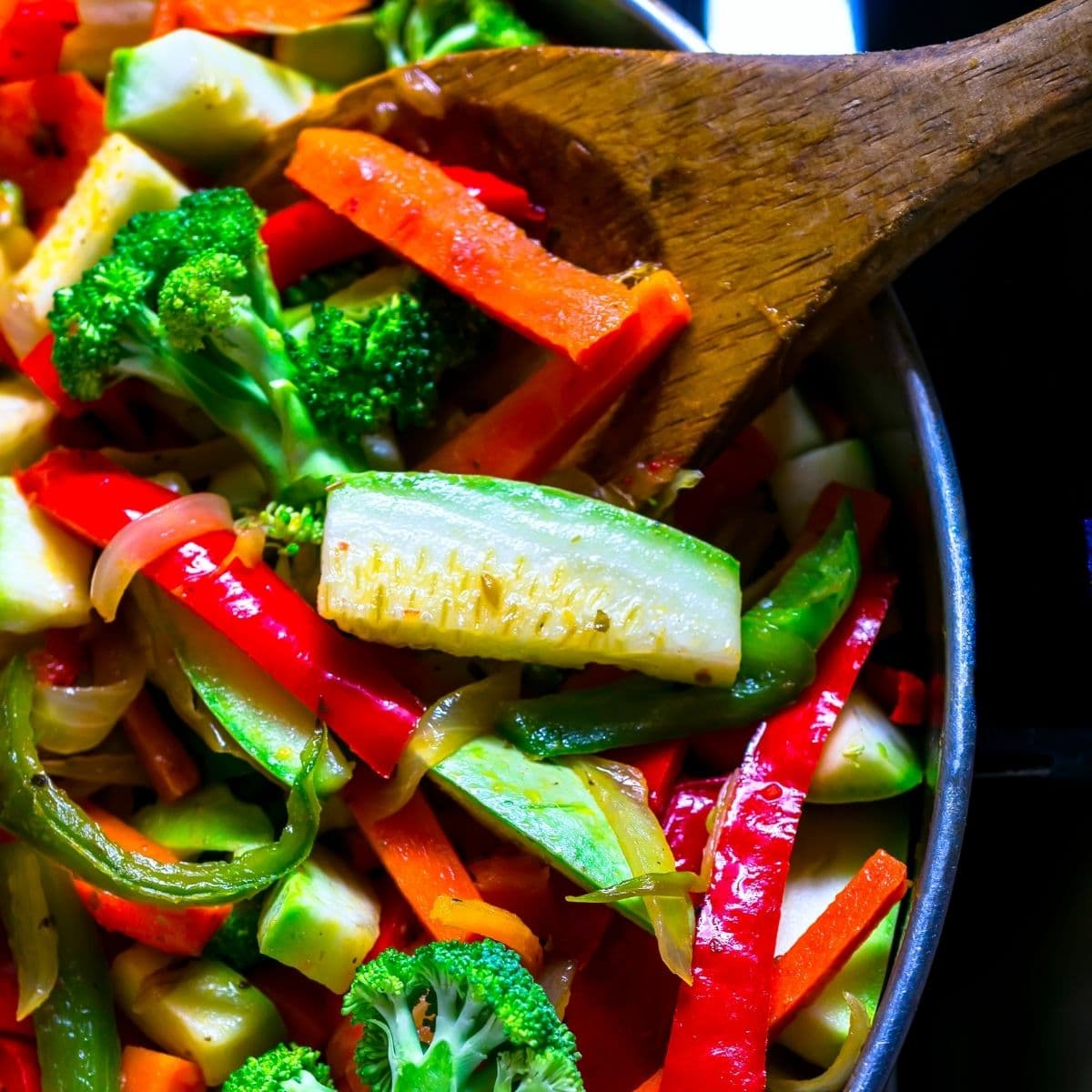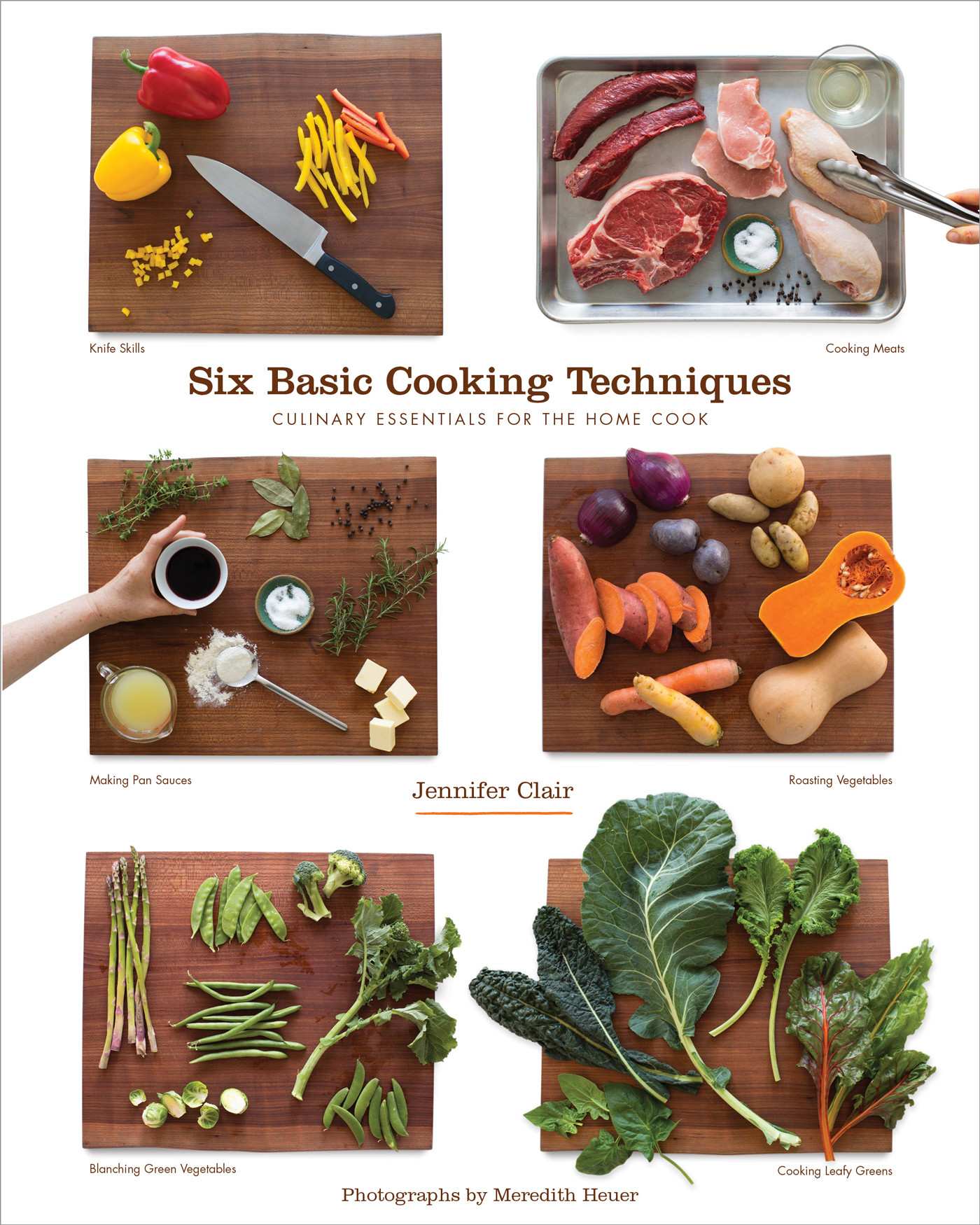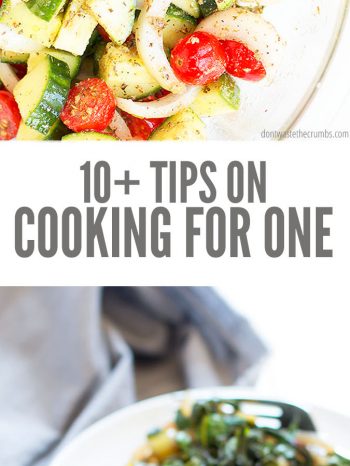
You should be able to create a simple, yet effective, cooking skills checklist for your kids. These skills can be used to develop creative recipes or ensure that the kitchen is safe. These tips will help you instill these valuable skills in your children. Here's a sample checklist:
List of essential culinary skills
A strong culinary education is not enough. Aspiring chefs must also be able to cook properly. These skills include determining the freshness of ingredients, preparing meats, fruits, vegetables, and converting standard recipes into larger batches. Chefs must have good time management skills and a keen sense to smell and taste. A chef should also be able handle knives and other food equipment.
Sauteing is a versatile technique that can be used with a variety ingredients. Sauteed shrimp in garlic butter and light sauteed vegetables are delicious. Braising is the oldest method of cooking. It involves boiling on an open flame. This skill is very basic, but it is still very useful. The first step to becoming a skilled cook is learning how to boil water. It is also important to know how to use a knife and understand safety tips.
Developing creative recipes
Creativity is key to success when preparing meals. These recipes not only show your creativity but also demonstrate your skills. Divergent thinking is also known as creative thinking. It allows you to think outside the box to come up with innovative ideas. This skill is essential for a career in cooking, as it allows you to try new flavors and cooking techniques and impress customers. To impress your employer, you will also be able to experiment with new flavors. Explore different flavour combinations and create interesting themes for your meals. Try brainstorming and researching cooking methods to improve your creativity.

The problem with cooking skills is their inconsistent definitions. Although the authors disagree on which is more important they agree that the definition should be changed. They argue that the definition of a skill should be evolved from the perceived "Golden Age" when cooking skills were developed beyond a person's ability to prepare basic foods. These skills must be developed and used to create a healthier and more vibrant future for food.
Developing a safe environment in a kitchen
It is crucial to create a safe working environment in your commercial kitchen for your employees' health. The kitchen can be a potentially dangerous place with electrical appliances, bacteria, and an open fire in the oven. It is important to create a plan for cleaning the kitchen and use safety equipment. Additionally, never leave young children unattended in the kitchen. A safety plan and proper training can help to prevent accidents.
All kitchen staff should be certified in fire-resistance or fire-safety. You can get fire-safety training through your local fire department. Staff in the kitchen should be familiar with where fire blankets and extinguishers are and how they can be operated. If necessary, training should be given to employees in CPR as well as first aid. When possible, kitchens should have non-slip flooring and mats.
How to identify food safety hazards
Your safety program should include identifying food safety hazards, regardless of whether you're cooking for your family or catering for special occasions. It is crucial to identify potential hazards in food safety. This can help avoid food poisoning outbreaks or product recalls. Failing to identify potential hazards can lead to brand damage and regulatory action. Codex HACCP compliance for food businesses is essential. Recognizing hazards is a crucial requirement.

There are many hazards that could be dangerous for humans. They can either be natural or manufactured and can also come from packaging or individuals. Different physical hazards have different probability of causing disease or injury. These hazards may not be inherently dangerous. But they must be detected and eliminated before they can cause any harm. To identify potential hazards and to determine how to reduce them, it is important that you identify the source of the problem. You can also examine the product to determine the source.
FAQ
Can I cook with my family?
Yes! Yes! Kids love helping in the kitchen. It's a fun activity that teaches them responsibility and teamwork. You can have your children help you with everything, from washing vegetables to cutting onions. You will have your children enjoy helping you cook as long as they follow safe procedures when using knives.
What skills are necessary to attend culinary school
You must have the ability to cook well and work under pressure. To learn how to cook, you should take cooking classes at your local high school or community college. Once you have mastered the basics of cooking, you will need to find work in a restaurant and catering company.
How can I get hired as a cook?
A word of mouth referral can lead to a job as cook. Friends and family might know of a restaurant in need of additional staff. Restaurants often post openings on websites and bulletin boards.
How Long Does it Take to Become a Chef? What is the average career track?
The average time it takes to become a chef is five years. During this time, you will study basic cooking techniques and gain experience working as a kitchen assistant. You can apply for line, sous or executive chef positions after you complete your training. The annual average salary of a chef is $25,000-$60,000.
How can I learn to cook like the pros?
Cooking can be a great way for you to grow as a person. Learning to cook healthy food for yourself and others is a great way to increase self-confidence and develop new skills. Start cooking at home if you want to learn how to cook. It is important to discover what type of recipes you enjoy. Read books about various foods such as Chinese, Mexican, and Italian. Finally, learn how to make different dishes until you are comfortable with them.
Statistics
- According to the BLS, chefs earn $58,740 a year. (learnhowtobecome.org)
- In the United States, the category is estimated at $23.2 billion annually and is growing faster than the market. (washingtonpost.com)
- under 10 Kids have been taught that there is special food just for them, and Fiese says that 10 percent of kids will throw a tantrum if they don't get the food they want. (washingtonpost.com)
External Links
How To
How to make an omelet that is perfect
Omelets are one of my favorite foods to eat at breakfast. But how do they turn out so perfectly? I have tried many different recipes and methods, but none of them work. So I am sharing some tips and tricks today to help you make fluffy, delicious omelets every morning.
It is important to know that eggs can be temperamental when making omelets. The eggs must be fresh from an organic source and kept at room temperature until they are ready to be cooked. You must keep them cool enough to allow the whites to form properly and the yolks to become too runny if they're not kept at the right temperature. This can make your omelets look bizarrely colored. If you plan to cook the eggs right away, it is best to use room temperature eggs.
Another tip is to separate each egg before adding them to the saucepan. You don't want the white to get mixed with the yolk, as this could cause the egg to curdle.
The egg can burn if it is placed directly on the stovetop. Instead, put the egg in the microwave for 10 seconds before putting it into the pan. The microwave heat is sufficient to cook the egg without overcooking.
Next, let’s talk about mixing the egg. You want to mix the eggs thoroughly before you add them. Turn the bowl upside down and grab the whisk to do this. Next, shake the bowl vigorously. This allows the air to be whipped and the egg to be mixed thoroughly.
The fun part is now - adding the milk to the mixture. The first step is to pour half of the milk in the beaten eggs. Next, fold the eggs into the remaining milk. Don't worry if there are still streaks of egg visible; these streaks will disappear once you flip the omelet.
After folding the eggs fold the pan onto medium heat. When the oil starts to hot, wait for the pan to cook. Add 1/4 cup butter to the oil and swirl it around to coat all sides of the pan. Carefully open the pan's lid and add salt to the pan. Salt will prevent the omelet sticking to the pan.
Cover the pan once you have formed the omelet. Wait for the top to set. Flip the omelet over using a spatula or flip the pan upside down. Cook the opposite side for another minute. Take the omelet out of the pan and immediately serve.
This recipe works best with whole milk, but skimmed milk also works.